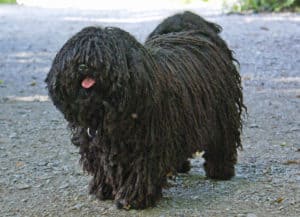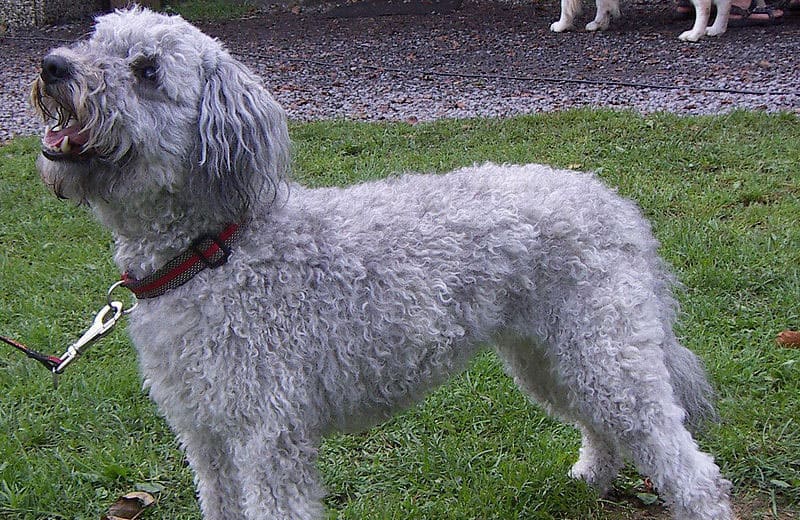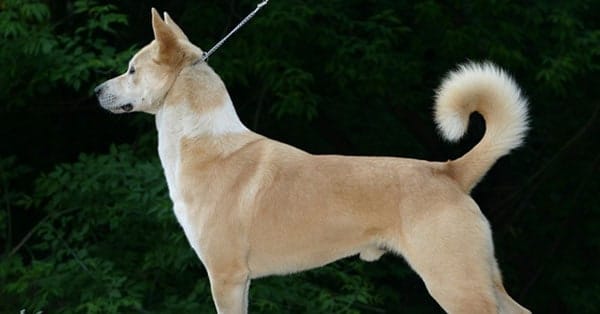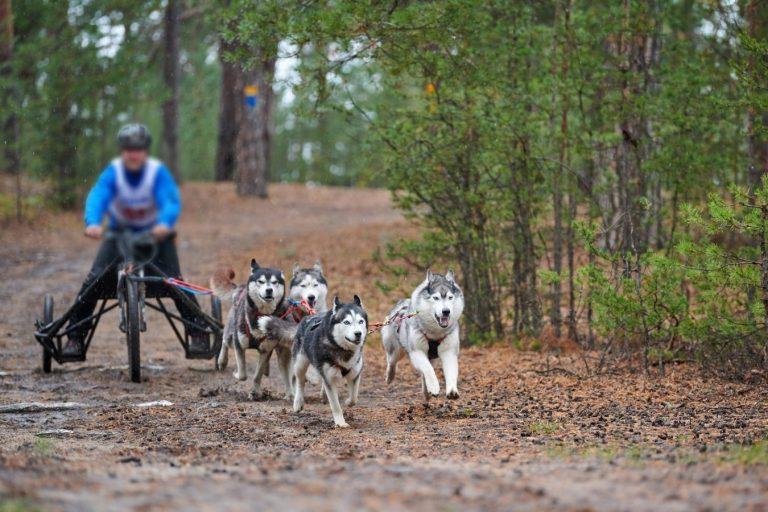Pumi: Playful All-in-One Herding Dog
Are you looking for a playful dog that is also a skilled herder? The Pumi may be the dog you are looking for. This unique breed is known for its intelligence, energy, and versatility in various dog sports. In this article, we’ll cover everything you need to know about the Pumi, from its history and personality to grooming and training tips.
History of the Pumi
 The Pumi is a unique breed of dog that originated in Hungary in the early 1900s. It was considered a regional variation of the Puli for centuries, and the two names were used interchangeably. However, in the 1910s and 1920s, Dr. Emil Raitsits, a professor at the Hungarian University of Veterinary Medicine, initiated the standardization of both breeds, resulting in different breed standards for the Puli and the Pumi.
The Pumi is a unique breed of dog that originated in Hungary in the early 1900s. It was considered a regional variation of the Puli for centuries, and the two names were used interchangeably. However, in the 1910s and 1920s, Dr. Emil Raitsits, a professor at the Hungarian University of Veterinary Medicine, initiated the standardization of both breeds, resulting in different breed standards for the Puli and the Pumi.
The Pumi was recognized as a separate breed by the Hungarian Kennel Club in 1920, and the first Pumi breed standard was approved by the Federation Cynologique Internationale (FCI) in 1935. The Pumi was recognized by the American Kennel Club (AKC) in 2016, making it a relatively new breed in the United States.

The Pumi was initially bred for herding livestock, notably sheep and cattle. Its unique combination of the Puli’s intelligence and herding instincts and the terriers’ drive and versatility made it an excellent herder in the rugged terrain of Hungary. Today, the Pumi is still used as a herding dog in some parts of Europe, but it has also become a popular companion and performance dog in many countries worldwide.
Pumi Temperament
Pumis are known for their intelligence, high energy, and playful personalities. They are very social and enjoy being around people but can be reserved with strangers. Pumis are also highly trainable and excel in obedience and agility competitions.
Physical Characteristics and Grooming
The Pumi is a medium-sized dog, weighing 18-33 pounds and standing 15-18 inches tall at the shoulder. They have a distinctive curly coat that requires regular grooming to prevent matting. Pumis come in various colors: black, white, gray, and fawn.
Training and Exercise
Pumis are highly trainable and enjoy learning new things. They excel in obedience and agility competitions and also make great herding dogs. They do well with daily walks, runs, or hikes and enjoy playing games like fetch or hide-and-seek. Pumis require a lot of physical and mental exercise to prevent boredom and destructive behavior.
Health Issues to Watch For
Like all breeds, Pumis are prone to specific health issues. These can include hip dysplasia, eye problems, and allergies. Working with a reputable breeder and scheduling regular vet check-ups is essential to ensure your Pumi stays healthy.
The Pumi in Dog Sports
Pumis are versatile dogs that excel in a variety of dog sports. They are particularly well-suited for herding and excel in competitions like the AKC’s Herding events. They also do well in obedience and agility competitions and are known for their speed and agility.
What is the Difference Between a Puli and a Pumi?

Firstly, regarding owner experience, the Pumi is a better choice for new or inexperienced owners, while the Puli is not recommended for those without experience in dog ownership.
Secondly, both breeds are good with children, so either could be a good choice for families with kids.
Regarding grooming, the Pumi is easier to groom than the Puli. The Puli has very high grooming needs, which should be considered before bringing one home.
How to Find a Pumi
Working with a reputable breeder is essential to add a Pumi to your family. Look for a breeder member of the Pumi Club of America or another.
Frequently Asked Questions
Are Pumis good with children?
The Pumi breed is generally good with children. Firstly, Pumis have a playful personality, which means they enjoy the company of others, including children.
Their size makes them unlikely to knock children over or injure them accidentally. However, as with any dog breed, it is essential to supervise interactions between dogs and children and teach children how to interact with dogs properly.
Can Pumis live in apartments?
Pumis could adapt to living in an apartment, especially if they receive adequate exercise and mental stimulation. However, it is essential to note that individual Pumis may have different temperaments and activity levels. Hence, assessing each dog’s personality and needs is essential before determining whether they would be suitable for apartment living.
Do Pumi dogs bark a lot?
The Pumi breed tends to become an excessive barker. This means that if not properly trained and exercised, Pumis can bark excessively, which could be a problem in apartments or close-quarter living situations.
Do Pumis shed a lot?
Pumis do not shed much, but they will lose some loose hair during grooming. This means Pumis can be a good choice for individuals sensitive to dog hair or who prefer a cleaner home environment.
However, it is essential to note that individual Pumis may shed more or less than others, depending on their coat type and other factors. Additionally, while Pumis may not shed much, they still require regular grooming to prevent matting and to keep their coats healthy and shiny.
How much exercise does a Pumi need?
Pumis require a significant amount of exercise to stay healthy and happy. These dogs thrive with at least one hour of exercise daily, including play sessions, training lessons, or agility sports.
Pumis are known for their playful nature and strong herding drive, so it is crucial to provide them with an outlet for these instincts to prevent boredom and destructive behavior.






